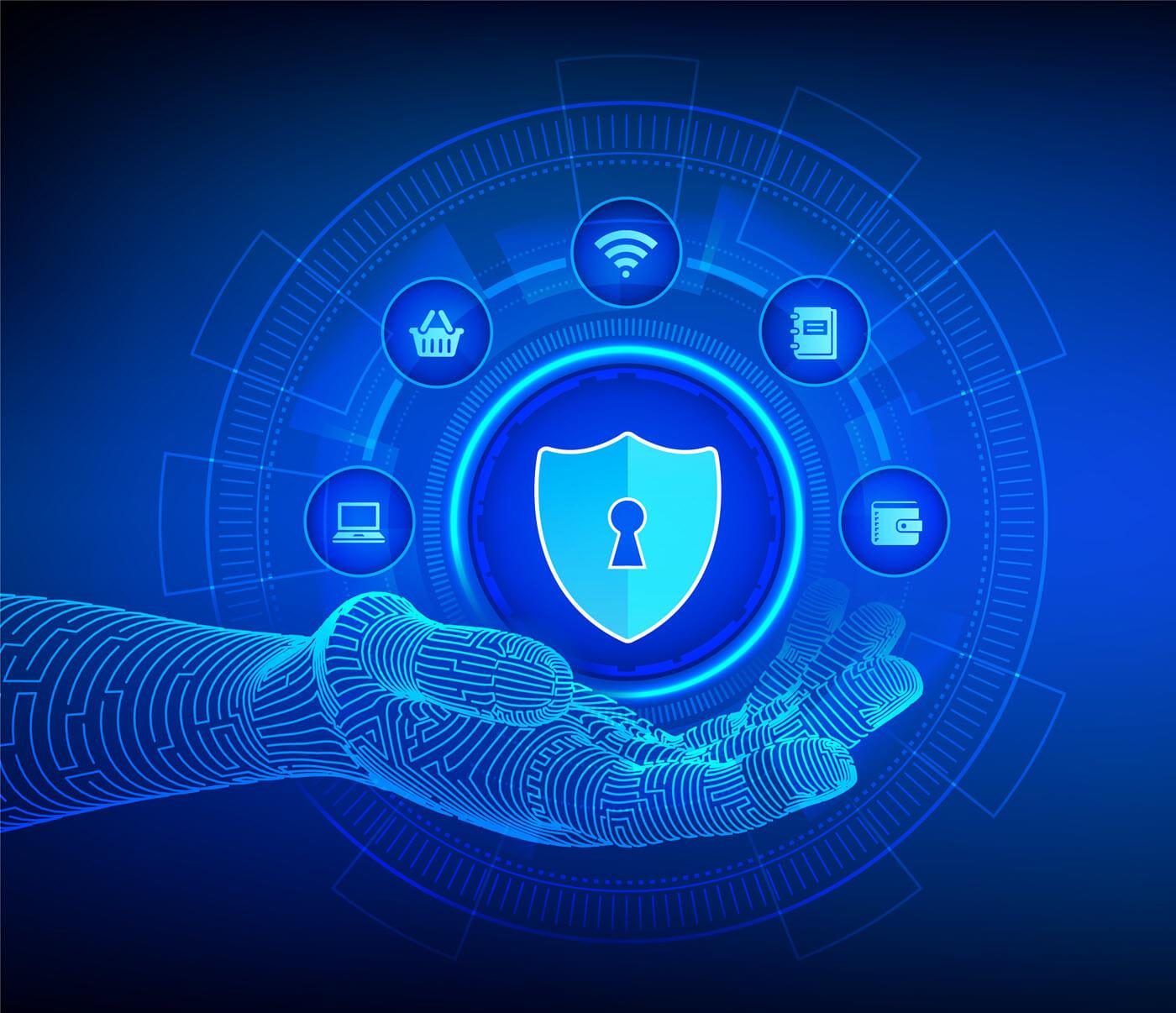5G & Edge Security: Defending the New Frontier of Connectivity

The global rollout of 5G networks is reshaping the digital landscape. By delivering ultra-low latency, massive bandwidth, and the ability to connect billions of devices simultaneously, 5G enables next-generation innovations from autonomous vehicles to smart factories and telemedicine. Yet with this transformation comes a new set of cybersecurity challenges. Attackers are increasingly targeting edge devices, IoT gateways, and multi-access edge computing (MEC) platforms, exploiting their critical role in the 5G ecosystem.
Securing 5G and edge environments requires a new approach that blends advanced network protections, secure architecture, and Zero Trust principles.
The Expanding Attack Surface
Unlike 4G, where much of the processing was centralized, 5G decentralizes workloads. Edge computing nodes now sit closer to users and devices, enabling real-time processing. However, this distributed architecture also multiplies potential entry points for attackers.
Edge Devices & IoT Gateways: Billions of IoT endpoints, many with limited built-in security, now connect directly to 5G networks. Compromised devices can become entry points for lateral movement or be weaponized into botnets.
MEC Platforms: By hosting applications and services at the edge, MEC reduces latency but also expands the attack surface. Attackers may exploit weak APIs, misconfigured virtual machines, or unpatched edge servers.
Network Slicing: 5G supports “slices” — isolated virtual networks tailored for specific use cases. But poorly secured slices may allow attackers to pivot between them, potentially compromising critical services like healthcare or autonomous transport.
These factors create a layered and complex environment where traditional perimeter defenses alone are insufficient.
Threat Landscape in 5G & Edge
The threats facing 5G and edge infrastructure are sophisticated and evolving:
- DDoS Amplification — Attackers can exploit IoT devices to launch massive distributed denial-of-service attacks, overwhelming edge nodes and disrupting critical services.
- API Exploits — Edge services often expose APIs for interoperability. Weak authentication or insecure coding practices make them attractive targets.
- Supply Chain Risks — Hardware, firmware, and third-party applications integrated into 5G ecosystems may carry hidden backdoors or vulnerabilities.
- Insider Threats — With more stakeholders involved in 5G deployments — telecoms, cloud providers, enterprises — the risk of misconfiguration or malicious insiders grows.
- Advanced Persistent Threats (APTs) — Nation-state actors see 5G as a strategic battlefield, aiming to compromise edge infrastructure to gain espionage or disruption capabilities.
Securing 5G: From Slicing to Zero Trust
To protect the 5G ecosystem, organizations must shift from reactive defenses to proactive, resilient security models. Key strategies include:
- Secure 5G Slicing: Each network slice should be isolated with strict access controls, end-to-end encryption, and monitoring. Security policies must be dynamically applied as slices are spun up or reconfigured.
- Zero Trust Edge Computing: Adopt Zero Trust principles at the edge. This means verifying every device, user, and workload continuously, regardless of network location. Micro-segmentation ensures that if one component is breached, the attacker cannot easily move laterally.
- Automated Threat Detection: AI-driven analytics can process telemetry from thousands of edge nodes to detect anomalies in real time. This shortens dwell time and reduces the impact of attacks.
- Secure by Design IoT: Manufacturers must integrate strong authentication, secure firmware updates, and minimal attack surfaces into IoT devices. Enterprises should enforce security baselines before devices connect to the 5G network.
- Regulatory & Standards Alignment: Compliance with frameworks like NIST 5G Cybersecurity, ETSI MEC standards, and Zero Trust guidelines ensures security is embedded at the infrastructure level.
Building Resilient 5G Ecosystems
The promise of 5G lies in enabling innovation at scale, but without robust security, these benefits risk being undermined by breaches, service outages, and erosion of trust. As enterprises and telecoms embrace 5G-enabled digital transformation, a holistic security approach is no longer optional.
Organizations must treat the edge not as a secondary concern but as a frontline battleground. With secure 5G slicing, Zero Trust edge computing, and AI-powered defense, enterprises can safeguard the integrity, availability, and confidentiality of tomorrow’s hyper-connected world.
Recent News Highlights
CSS Names Gregory Garrett COO to Drive Expansion in Federal Technology Market Cyber Technology Insights
Kalaam Telecom and Riedel Networks Expand Motorsport Connectivity Cyber Technology Insights
CyberArk Names Omer Grossman CTO and Head of CYBR Unit; Appoints Ariel Pisetzky as CIO Cyber Technology Insights
DoD Greenlights Parallel Works Hybrid Multi-Cloud HPC Platform with ATO Approval Cyber Technology Insights
- Art
- Causes
- Crafts
- Dance
- Drinks
- Film
- Fitness
- Food
- الألعاب
- Gardening
- Health
- الرئيسية
- Literature
- Music
- Networking
- أخرى
- Party
- Religion
- Shopping
- Sports
- Theater
- Wellness


